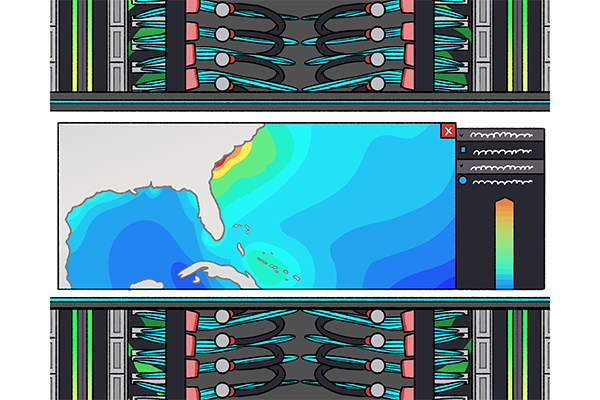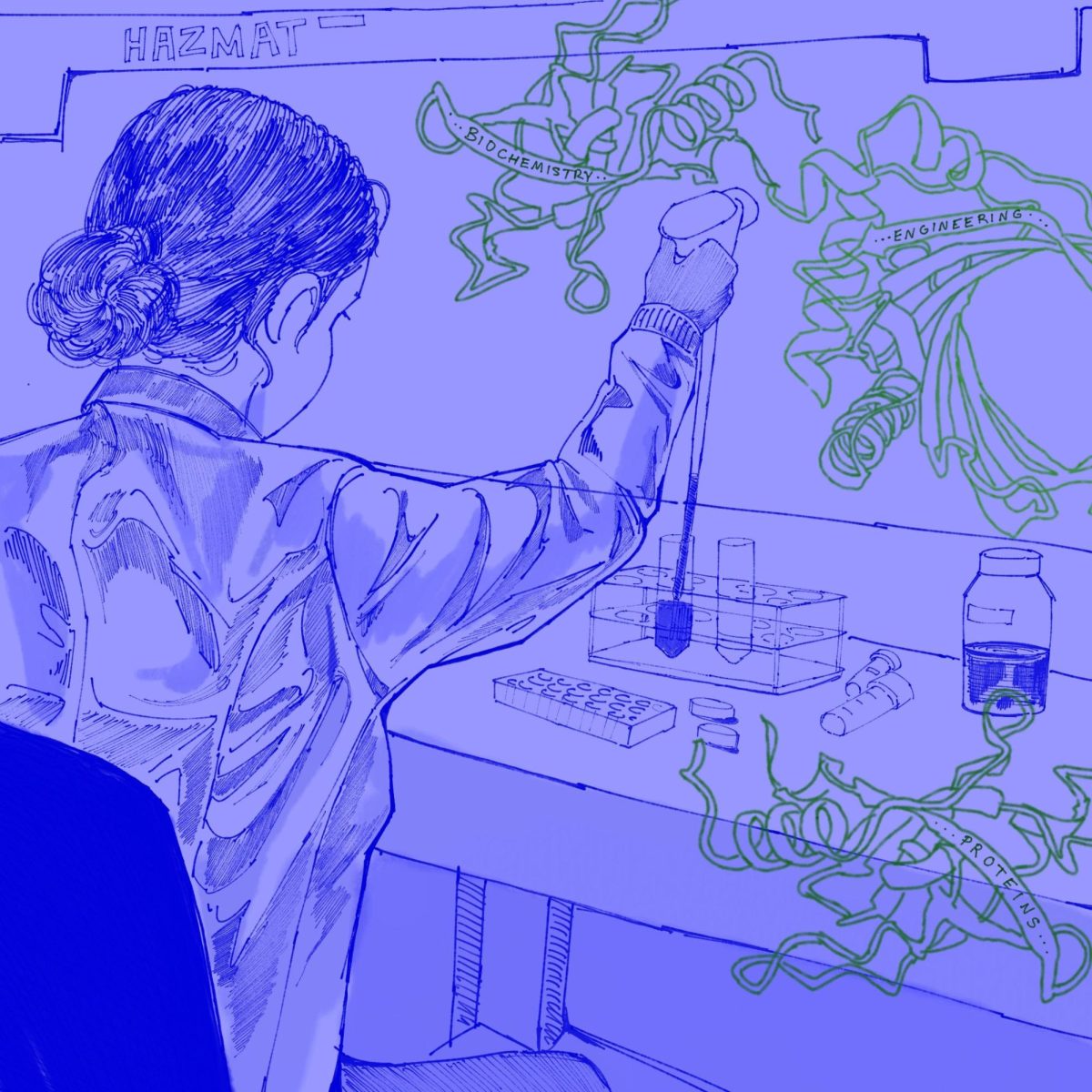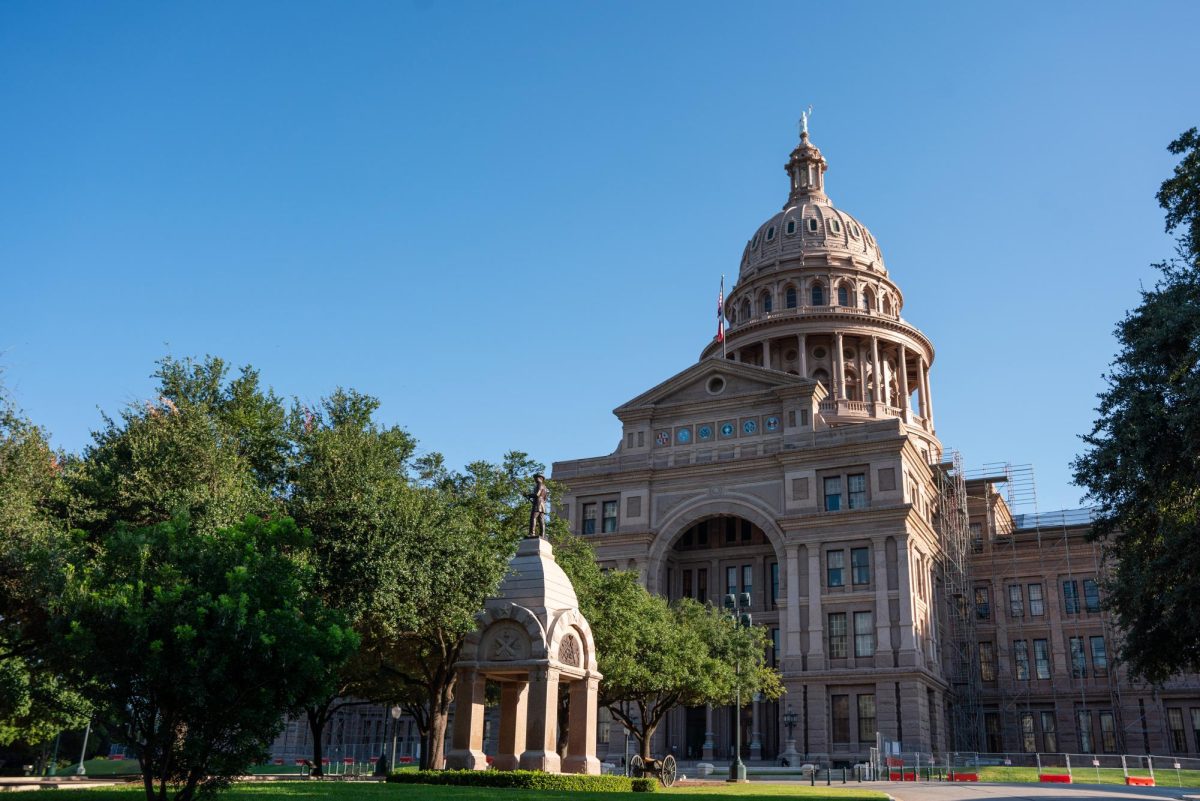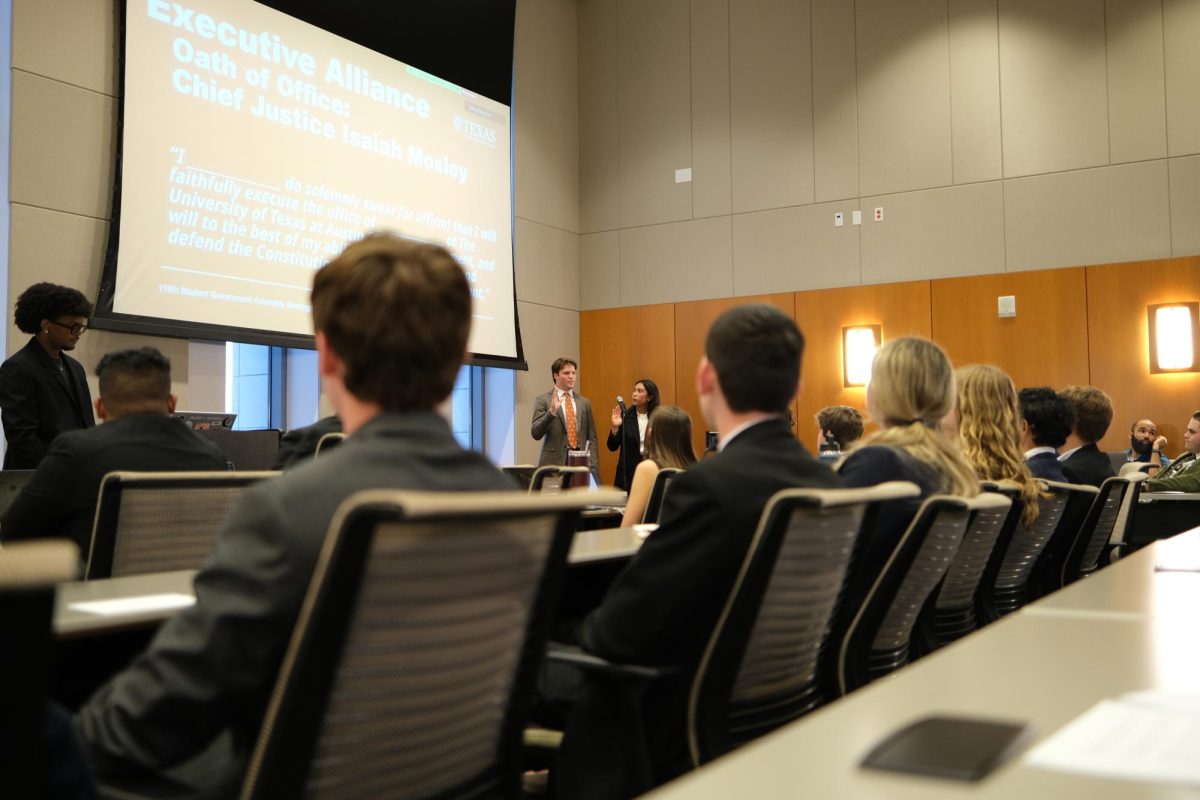Frontera, a supercomputer at UT’s Texas Advanced Computing Center, is helping researchers simulate storm surges to predict weather emergencies and assist with potential weather-related evacuations through a computer program.
The program, Advanced Circulation Model, simulates water circulation, water velocity, water elevation and other processes to predict storm surges and floodings, said Clint Dawson, leader of the computational hydraulics group at the Oden Institute for Computational Engineering and Sciences, a UT research and graduate program.
The computational center launched the supercomputer Frontera in September 2019.
“When our results started to be used by emergency managers in real-time, that was a big step for research and for science for us because that actually saves lives,” Dawson said.
Computational engineering senior Marcos Tornielli works in the computational hydraulics group and said Frontera has a fast turnaround time for getting results sent to websites for real-time guidance. He said Frontera was used to help with Hurricane Delta and Hurricane Laura.
“Obviously you want (the results) as fast as possible because you want to know as far in advance which areas need to be evacuated,” Tornielli said. “Once a weather advisory comes out, you have to try to get those results within an hour, and that would not even be remotely possible if we didn’t have these really big, powerful computers.”
Mark Loveland, a computational science graduate student, has been in the computational hydraulics group for three years.
“Essentially, (Frontera) cuts down runtime and allows us to turnover faster so we can get more things done quicker (and) so we aren’t waiting on the computer to finish running,” Loveland said.
Loveland said Frontera can help make many other simulations in other research groups.
“The great thing about (Frontera) is that it gives tremendous amounts of computational power to any kind of mathematical problem that you’re using computers to solve,” Loveland said. “We do hurricane modeling, but there’s also quantum mechanics modeling, material modeling and … simulations with biology and trying to figure out optimal vaccines.”
Dawson said it is a life-changing decision for people when they decide whether or not to evacuate amid a weather crisis, and the program helps inform those decisions.
“Those are really important decisions, and the fact that we can actually bridge that gap between research and decision-making has been really one of the highlights of my career,” Dawson said.



















